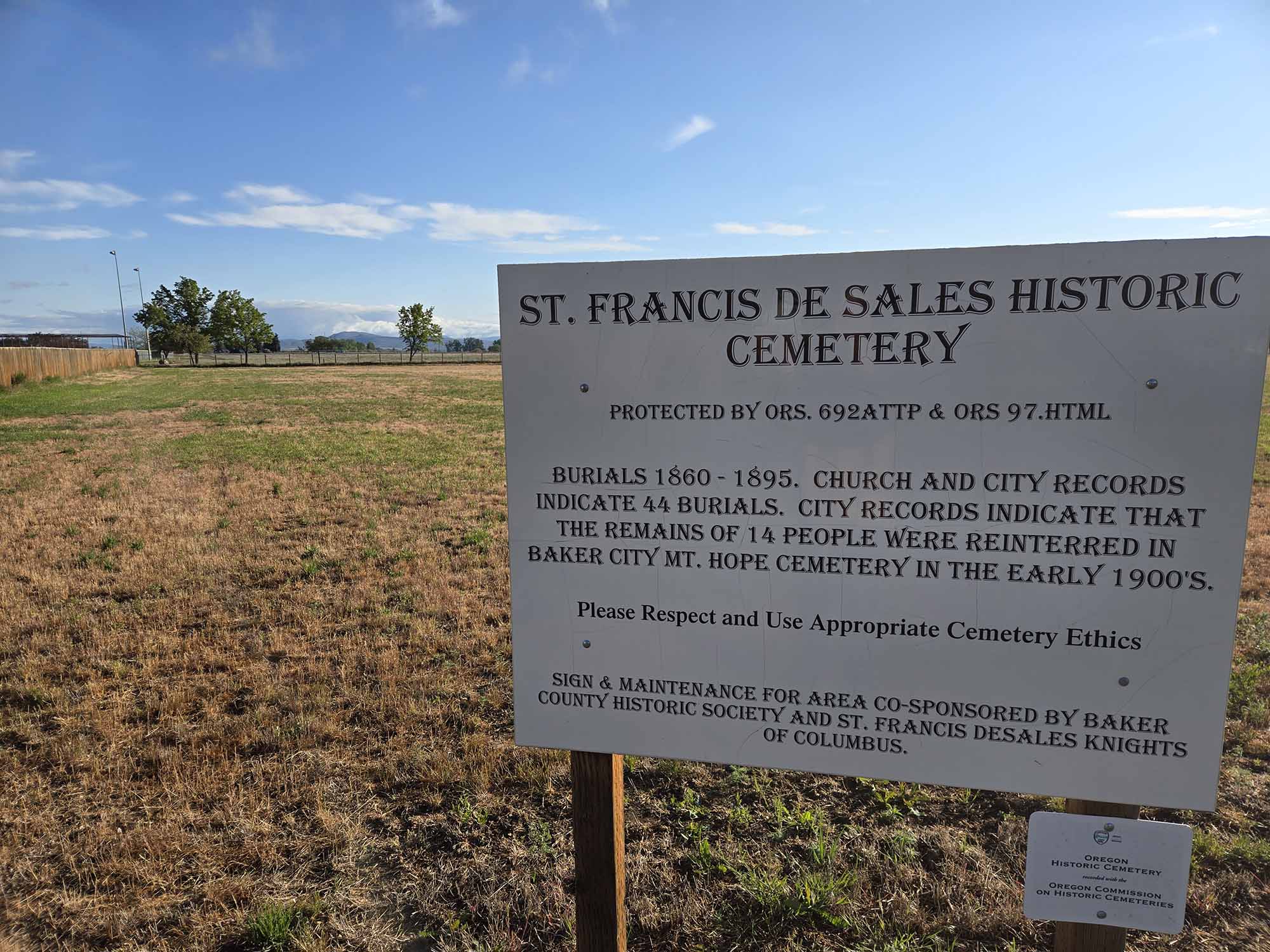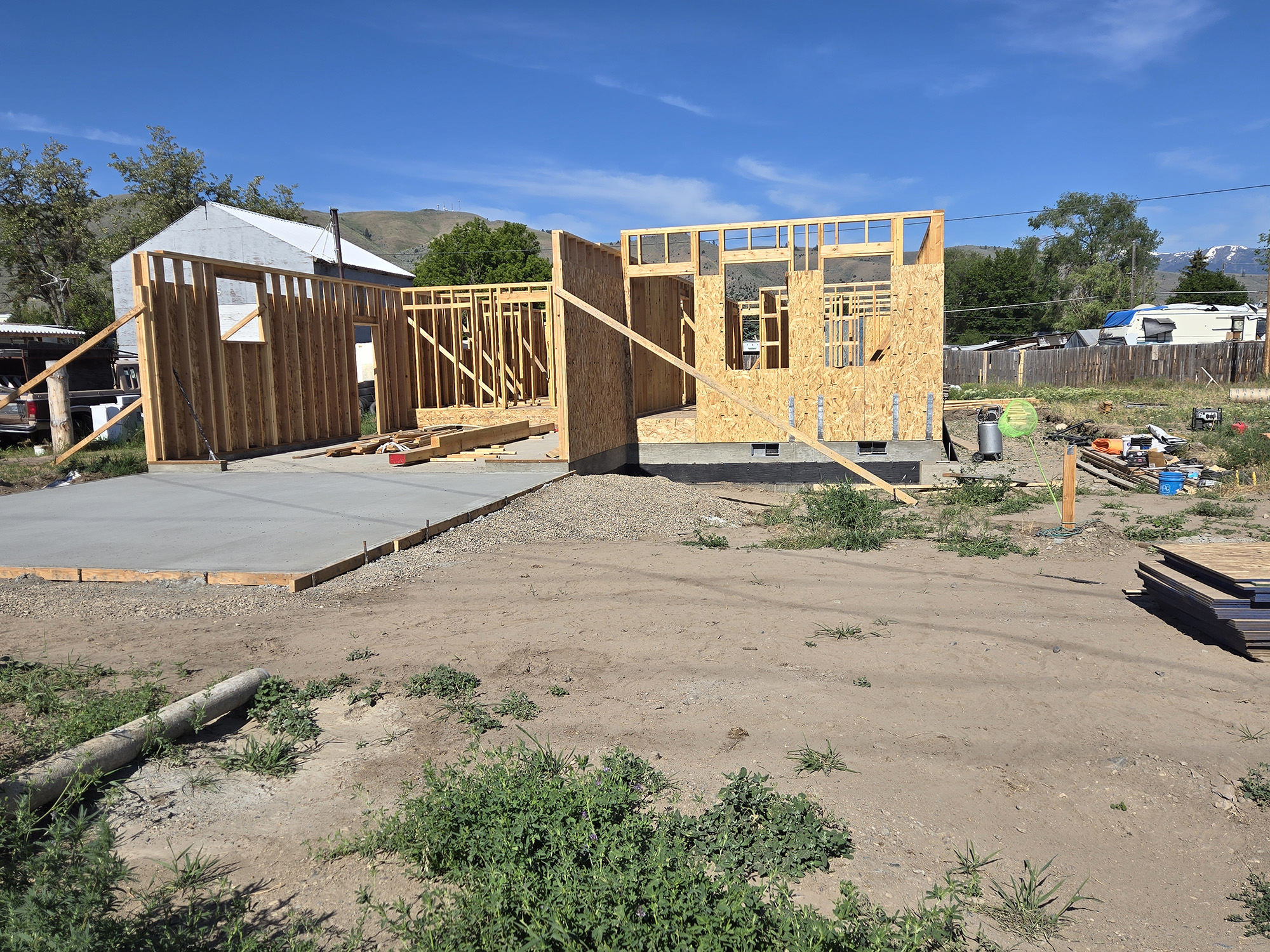COLUMN: Worn down by the wicked winds of the spring
Published 3:27 pm Friday, April 16, 2021
I decided last Sunday that my arid, ailing lawn needed a good dousing, but my enthusiasm for completing this simplest of tasks withered rapidly.
Trending
The hose was attached to the bib, the water flowing freely and with no leaks.
But I couldn’t find the sprinkler.
I suppose I hadn’t thought of this item since September.
Trending
But this span of time hardly seemed sufficient to explain where the sprinkler had gotten off to while I was otherwise occupied.
Perhaps to whatever purgatory my snow shovels get themselves banished to every year between April and August, leaving me to fumble around out by the shed during a November squall.
I’d like to believe inanimate, immobile objects would be more reliable, but there you go.
Eventually I tracked the sprinkler to a spot that, with hindsight, seems logical, even obvious.
It was on top of the electric meter, beside the coiled garden hose, no doubt precisely where I left it six months or so earlier.
I was treated to this unpleasant reminder about the condition of my memory — every year it comes closer to the cranial equivalent of a kitchen colander — because the grass on our place is more tan than green. This is, to be sure, not an atypical situation for the second week of April, what with the sometimes disagreeable climate of our mountain valley.
And yet it has hardly been a normal spring, to the extent that such a thing exists.
The season thus far is noteworthy both for what it lacks — rain — and for what it has brought to Baker County in a great gritty abundance — wind.
Scarcely any rain has fallen since February.
Instead we have been besieged by a series of dry cold fronts, the meteorological version of the unwanted houseguest who barges in, unannounced, drinks all the beer in your refrigerator and leaves bootprints on the carpet that defy even the sort of stain remover which is banned in several states due to its curious effects on laboratory mice.
Some cold fronts have redeeming qualities.
They often bring rain or snow. Precipitation is a valuable commodity in any season given the desert-like climate that prevails in much of Baker County, but especially so during spring, when crops are beginning to gain a roothold in the slowly warming soil.
A cold front can also usher in a refreshingly brisk breeze that cleans the air of wildfire smoke or other annoying contaminants.
But the fronts that have been nearly metronomic over the past month or so were largely malevolent.
They’ve yielded at best a brief spat of rain, snow or soft hail, the proverbial diminutive drop in an already empty bucket.
What the fronts have spawned is wind.
Wind that at times seems omnipotent.
Persistent wind is the most depressing of weather phenomena, it seems to me.
People can adapt to extreme temperatures more readily, I think, in part because donning or doffing clothing can ameliorate the thermal effects.
The problem with wind is that it gusts.
It isn’t predictable in the way that a hot or a cold day is. Once you’ve adjusted your attire to the temperature, it’s usually possible to reach something approaching comfort.
But the variety of wind we’ve been subjected to on many days recently is a different matter.
It pummels you at all times, but then, with a frustrating irregularity, a gust will temporarily worsen the assault. It’s akin to being punched lightly but consistently and then taking an uppercut every couple minutes and having no way to block the blow.
Wind is uniquely annoying.
I have stumbled indoors from my afternoon walk several times recently feeling as though I had just endured the sort of ordeal that served as entertainment for medieval lords when they tired of flogging the serfs and watching the knights joust.
My eyes squinted, the contact lenses resting about as comfortably on my corneas as 30-grit sandpaper.
My hair was contorted into strange new shapes.
I felt both dishevelled and drained of energy. It was as though the gusts, by impeding my progress so that I had to lean into the wind, like a TV weather personality reporting on a tropical storm, had leached away more than the normal number of calories.
It’s been a strange spring in other ways.
The parade of cold fronts, in addition to turning Baker Valley into a topographic wind tunnel, has created ideal conditions for abnormally frigid nights.
The combination of clear skies and low humidity maximizes what weather experts call “radiational cooling.” In the most simplistic sense — which is the only sense in which I can hope to understand scientific principles — both clouds and water vapor in the air (reflected in the relative humidity) act rather like blankets, holding heat near the ground. When skies are cloud-free and the air is dry, heat that the ground absorbs during the day will rise (or radiate, hence “radiational cooling”) more easily, allowing temperature near the ground to plummet.
Low temperatures at the Baker City Airport were below average on 18 of the 23 days between March 21 and April 12. That stretch included new record lows on three days and a tie on another.
None of this, needless to say, has been much help to my grass.
Like most plants it needs sunlight, warmth and water to thrive. Of that trio, only the first has been anything like abundant.
The warmth, at least, seems to have gained a bit of momentum.
And if nature continues to hoard the latter element, I can at least serve as a surrogate, presuming I don’t misplace the sprinkler again.
Jayson Jacoby is editor of the Baker City Herald.








